Also known as the Taipei World Financial Center, it is the former highest building in the world, surpassed in 2010 by Burj Khalifa but still a brilliant piece of architecture and engineering.
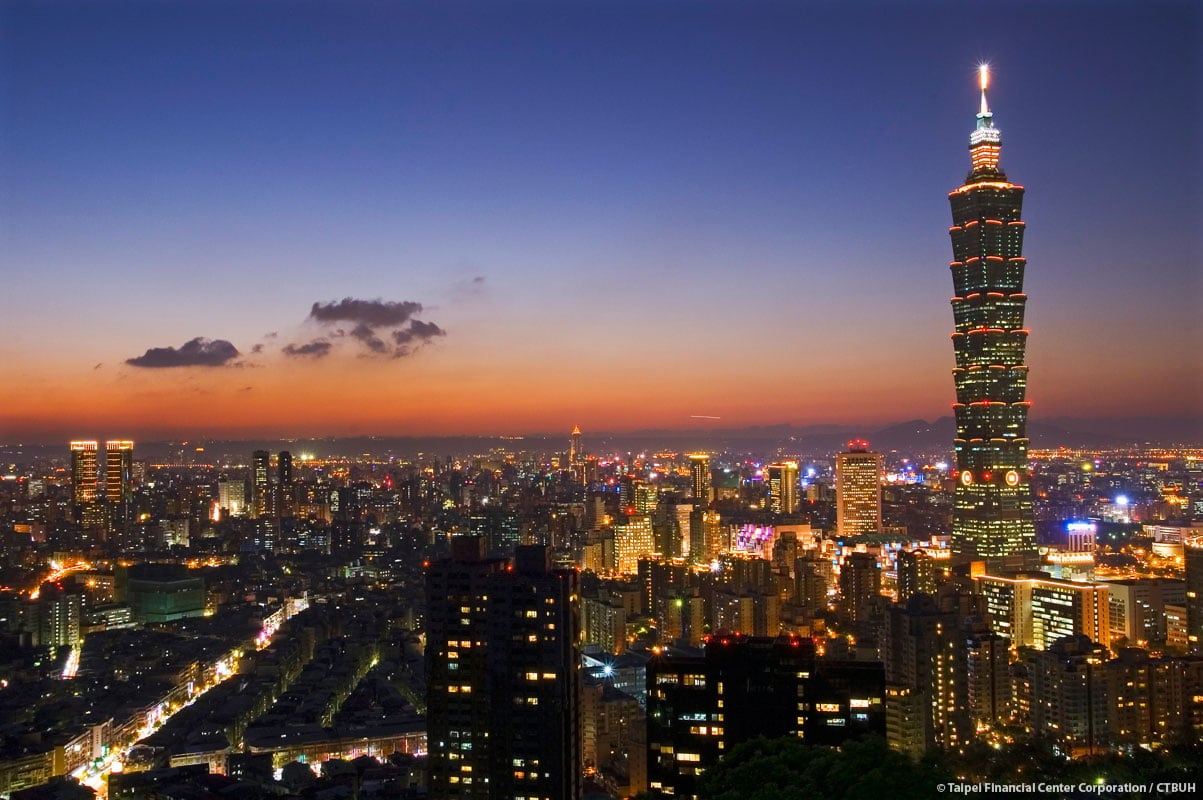
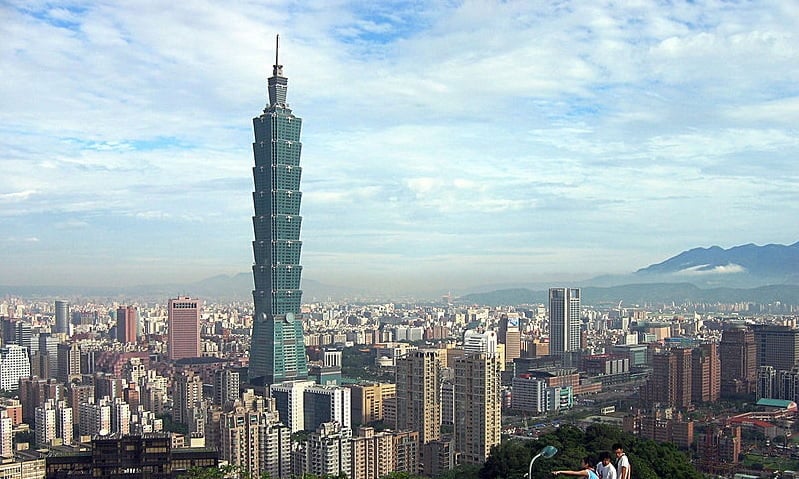
The Taipei World Financial Center is revolutionary from many points of view and a very intriguing project for both architects and engineers. The designers met many drawbacks and problems which nobody ever confronted before so they had to invent new ways of dealing with the opposing forces. Building the highest structure in the world means going over new boundaries set by enormous height and huge mass. The amazing size of the Taipei World Financial Center meant that the efforts produced by wind, weight and earthquakes were in a whole other dimension than for normal buildings such as a small home. But the materials that the designers had to work with were the same and had the same abilities to resist to various forces.
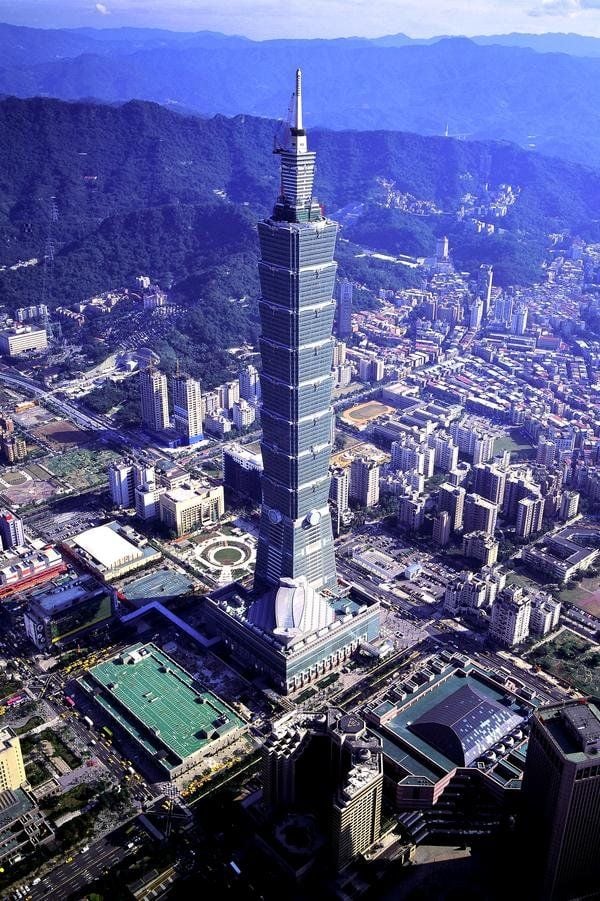
Structure
The first challenge was to design and build the foundation, the element that anchors everything to the ground and keeps it from falling steady, probably the most important part of the construction process. The main problem was that the site was only 600 feet away from a fault line and, moreover, in this area of the Asia-Pacific earthquakes are quite common and serious. These factors lead to the decision of making one of the most stable buildings ever constructed that will withstand gale winds of 134 mph and the most powerful earthquakes that could occur. The Taipei World Financial Center has five underground stories of which the foundation is composed. There are 380 piles that go 262 feet into the ground so that the base of the building would take a hold in the bedrock, the hardest layer that was to be found underground-each pile is 5 feet thick goes about 98 feet into the bedrock to ensure maximum stability. The engineers worries about the safety of the structure was put to a test on March 31, 2002 when a 6.8 magnitude earthquake shook Taipei and its buildings; many collapsed but the skyscraper which had reached 56 floors showed no structural damage, whatsoever. This fact gave the engineers confidence and work was soon resumed, considering that five people lost their lives during the catastrophe.
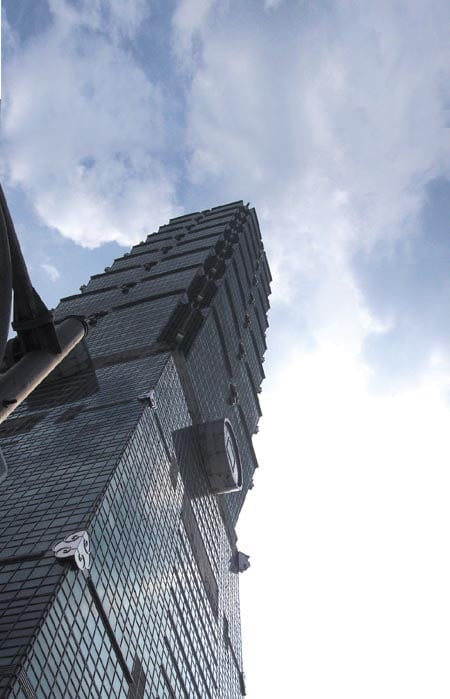
During the construction process, the number of earthquakes in the area increased. A scientist launched the hypothesis that the huge mass of the newly built skyscraper was so large that it had the power of severely influencing the stability and movement of the two faults, near which it was being built. Even if it was never demonstrated to be true, it is still very intriguing and gives a clear view upon the enormous, 700,000 tonnes mass of the Taipei World Financial Center.
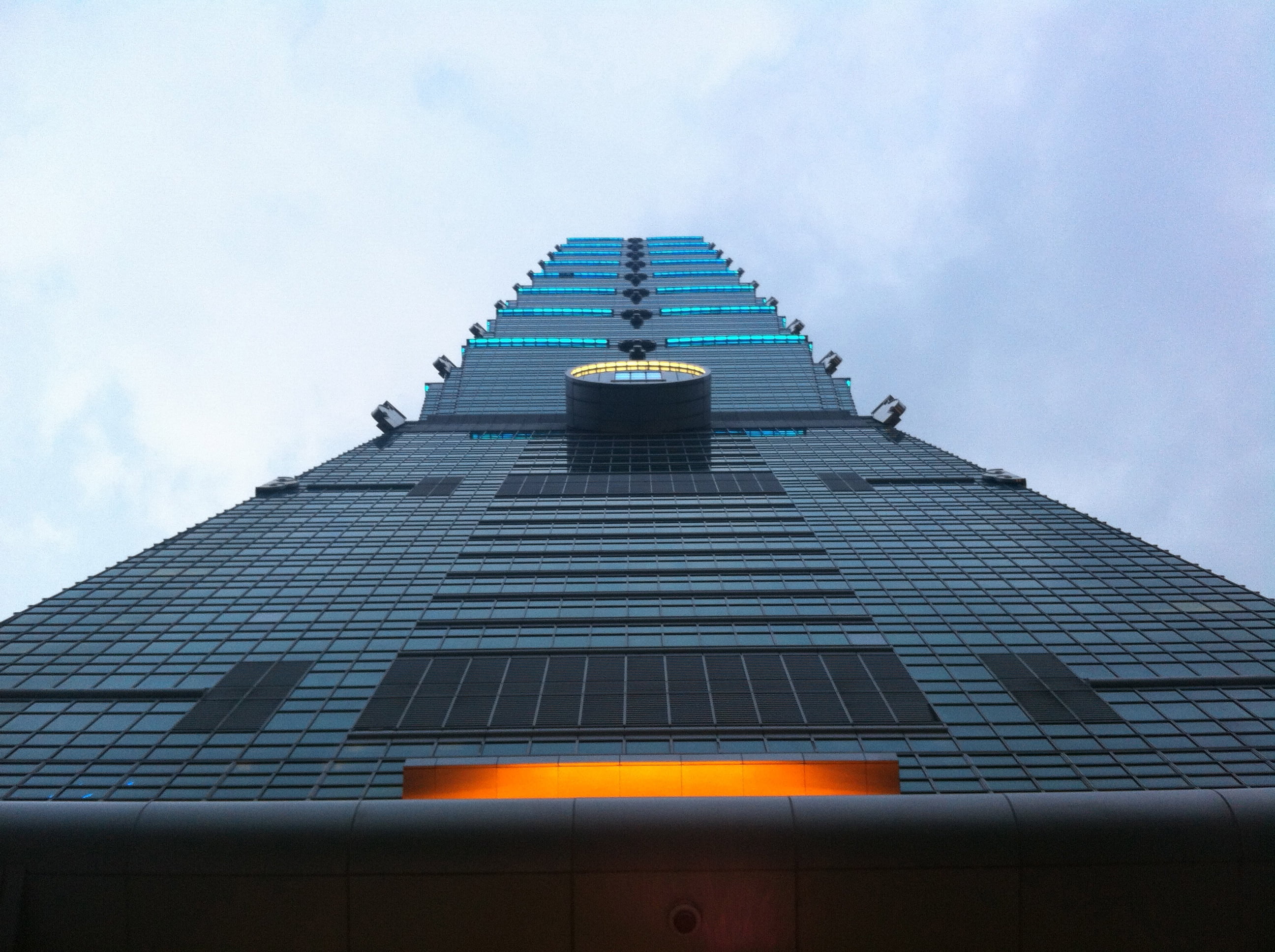
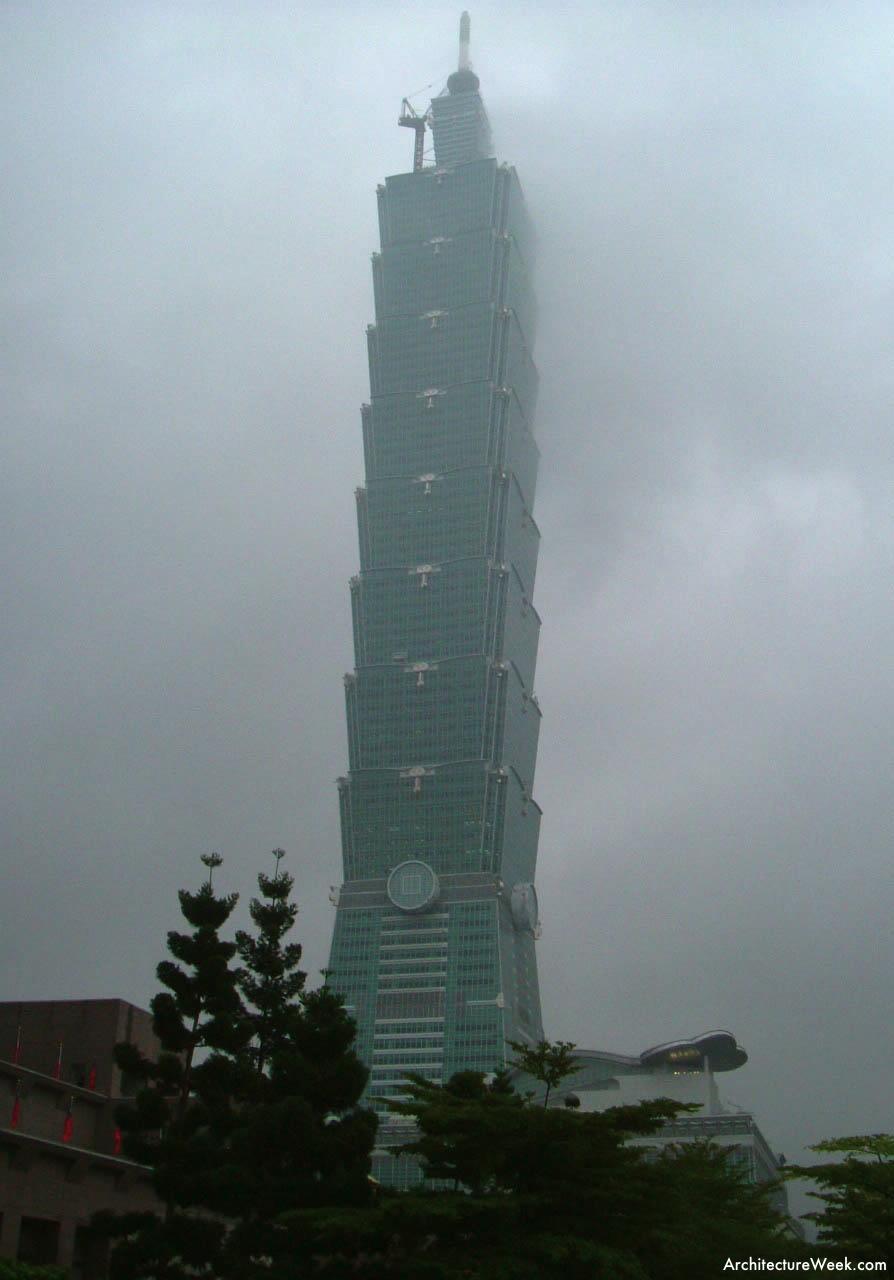
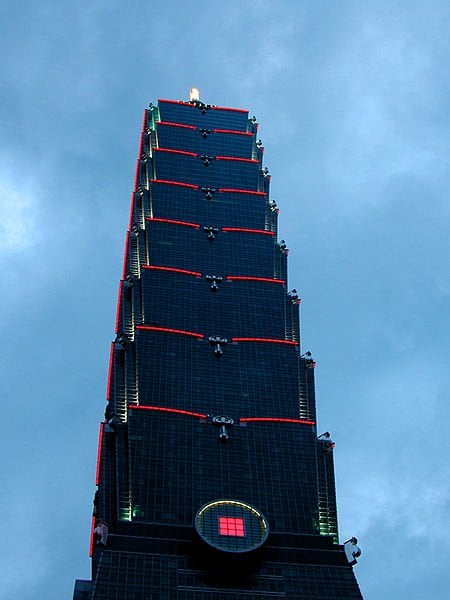
After the foundations were completed, an even harder and more complicated part of the construction followed. To make the tower resist to wind forces but also inertia given by an earthquake, the engineers had to develop a mega structure, never built or designed before. The result is a not so complicated to comprehend but was very difficult to build and presented unforeseen challenges. There are eight main, mega columns that provide vertical support and conduct the efforts from each floor to the foundations and 28 smaller ones. They are all connected and reinforced, on each level, by a complex steel grid. Every eight floors, massive steel outrigger trusses further enhance the stability and compactness of the structure. In order to achieve a flexible but also strong structure to make the Taipei World Financial Center resist, the engineers had to combine concrete which is only good at being compressed but cannot resist to any stretching with steel ( about four different types of steel) which can do both. The eight main columns are made from a steel square frame into which the builders poured concrete. Sounds quite simple but welding steel parts that add up to nearly 1500 feet and transporting them to such a height was never done before and was only possible by using cranes that rise with the building. The huge demand of precise parts of steel was supplied by an industrial factory near Taipei.
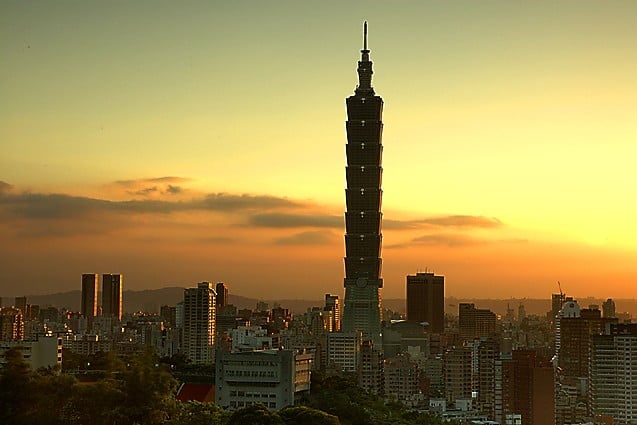
The crown jewel of the structure is the world’s largest passive tuned mass wind damper, set at the top of the Taipei World Financial Center. The principle on which this element works is quite simple: it is a shock absorber that holds the building from moving swinging too much and it was placed as high as possible because that is the part of the building that will move the most, especially due to wind power. This unusual of keeping the building steady reduces in fact 40% of the movements that would normally occur; without this key structural element, the tower would probably incline beyond its capacity and break. The tuned mass damper weighs 660 tonnes and cost 4 million US$; the steel sphere measures 18 feet in diameter and consists of 41 circular steel plates, suspended from the 92nd to the 87th floor.
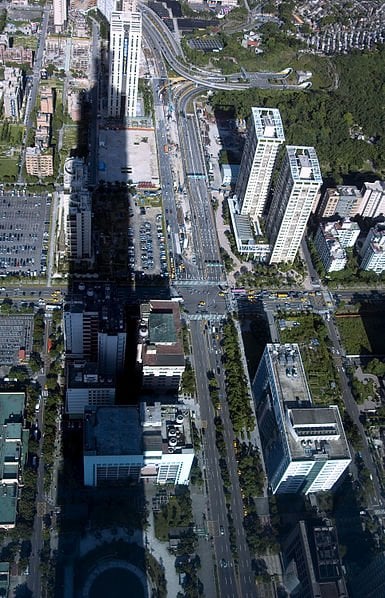

Design
The overall appearance was meant to evoke strong Chines beliefs and traditions, a building that would be an icon for the city of Taipei by illustrating its community's attributes. The number 101 symbolizes perfection by being a step further than 100. Dividing the tower into eight floor segments was also inspired by the Chinese culture, in which this number represents abundance, prosperity and good fortune. Both the interior and the exterior of the Taipei World Financial Center were diverted from the shape of a Chinese pagoda and the form of bamboo flowers. The concepts of financial richness and everlasting youth in Chinese culture are represented by a blossoming flower, which inspired the designers to make the building open upwards. Naturally there are many other small design elements that were inspired by the same beliefs, all pointing out to the idea that the designers were very fond of the Chinese culture and chose to include as many traditional elements as possible in the design of the Taipei World Financial Center.
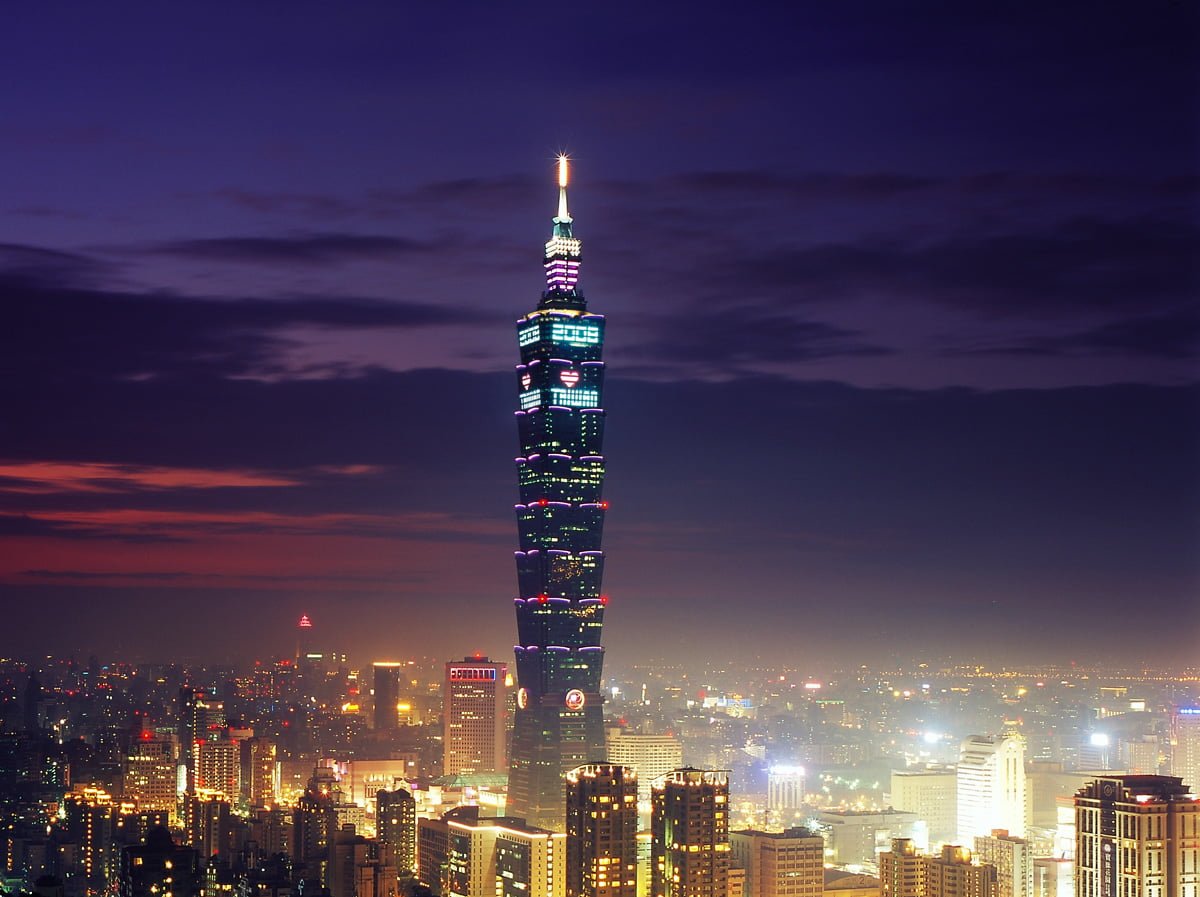
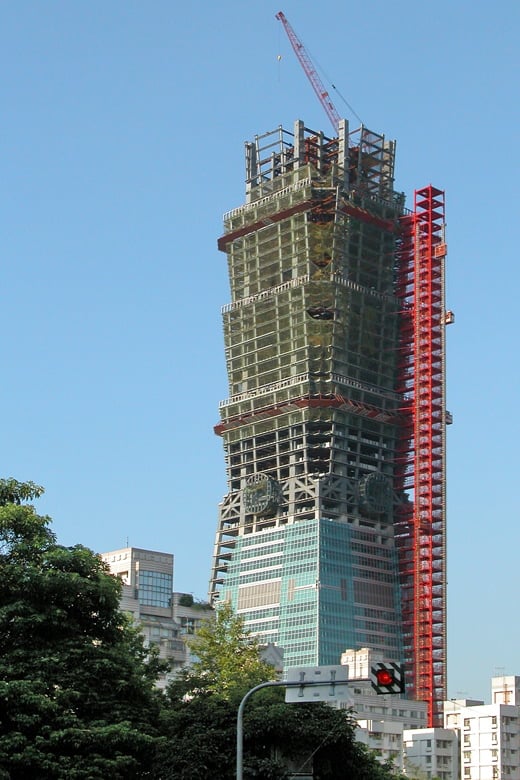
Awards
Seven Wonders of Engineering by Discovery Channel in 2005
7 New Wonders of the World by Newsweek Magazine in April 2006
Best of What’s New Award 2004- Engineering, Popular Science Magazine
Guinness World Records of the World’s Fastest Passenger Elevators (Observatory Elevators 1,010 m/min)
Tallest Building in the World by the Council on Tall Buildings and Urban Habitat (CTBUH)
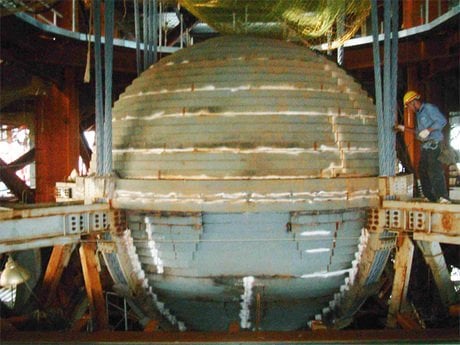
Homesthetics conclusion:
What is truly remarkable is the designers wish and force to confront issues that nobody has faced before and the intelligence that they’ve proved by pre-designing this huge structure which acts just as they've foreseen and imagined. If there is something that would even further prove their boldness and determination is Taipei’s World Financial Center’s singularity. It is the only skyscraper around, the first built in the area and the highest point for many miles. I also appreciated the way that the designers approached the concept, not forgetting their culture and beliefs, creating a symbol for the Chinese and Taiwan tradition.

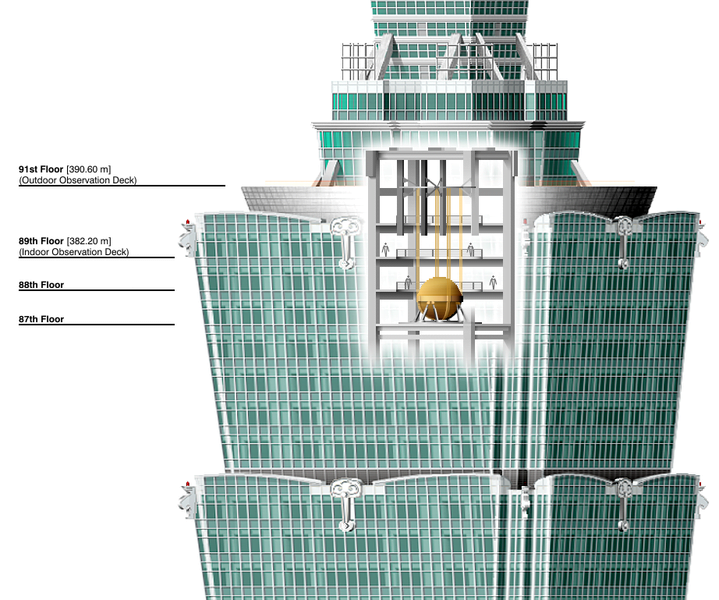
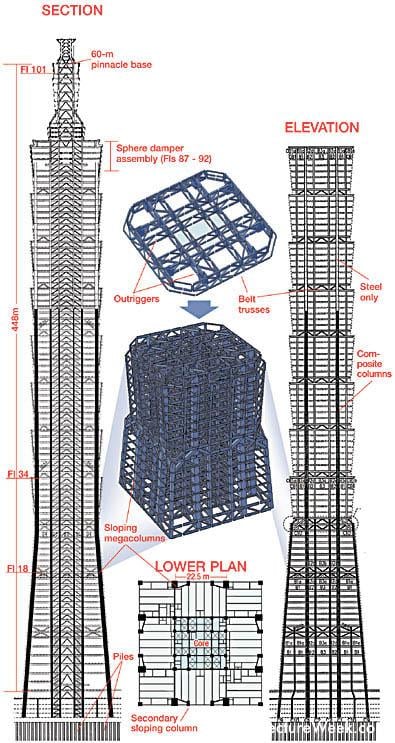
Photo and image courtesy to C.Y. Lee & Partners and
Type :Commercial offices
Location :Xinyi District, Taipei, Taiwan
Construction started :1999
Completed :2004
Opening: December 31, 2004
Cost :US$1.8 billion
Architectural height :509 m (1,669.9 ft)
Roof height :449.2 m (1,473.8 ft)
Top floor height :439 m (1,440.3 ft)
Observatory height :391.8 m (1,285.4 ft)
Floor count: 101, 5 below ground
Floor area :193,400 m2 (2,081,700 sq ft)
Lifts/elevators :61 Toshiba/KONE elevators, including double-deck shuttles and 2 high speed observatory elevators
Owner: Taipei Financial Center Corporation
Management :Urban Retail Properties
Architect :C.Y. Lee & Partners
Structural engineer: Thornton Tomasetti
Main contractor: Samsung Engineering and Construction Company
